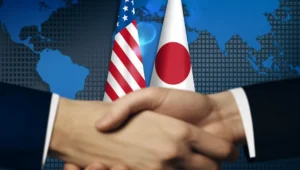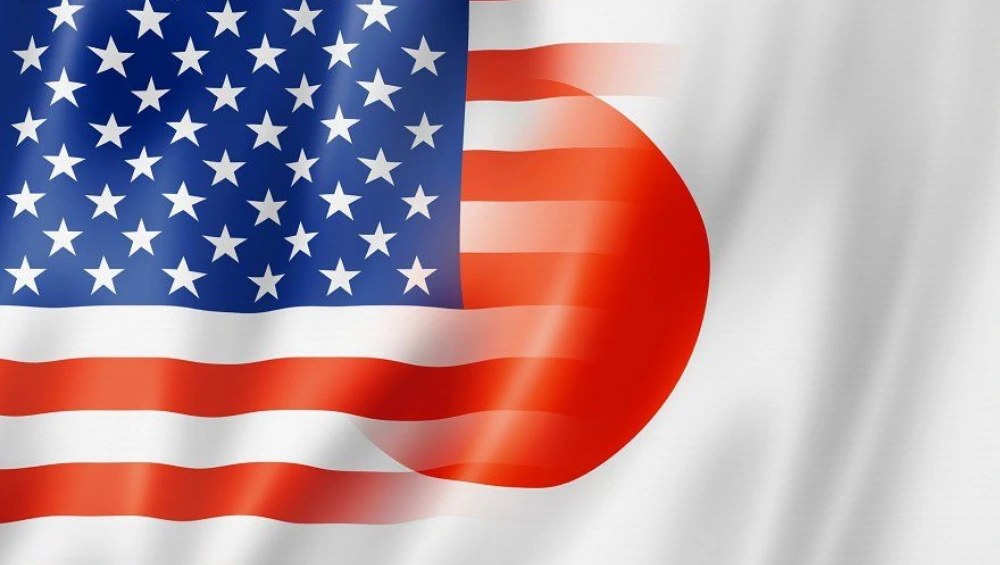In a significant development for global trade and economic relations, the United States and Japan have successfully reached a new trade deal that is expected to boost market confidence on both sides of the Pacific. The US Japan Trade Agreement marks a renewed commitment between two of the world’s largest economies to strengthen bilateral trade, reduce tariffs, and enhance cooperation in key sectors.
This article takes a closer look at the details and implications of the US Japan Trade Agreement, explaining why this deal is important, how it benefits businesses and consumers, and what it means for the global economy.
What is the US Japan Trade Agreement?
The US Japan Trade Agreement is a bilateral pact aimed at improving trade relations by reducing barriers and promoting fair competition between the United States and Japan. After months of negotiations, the agreement covers a wide range of issues, including tariffs on goods, agricultural products, digital trade, and intellectual property rights.
This deal is designed to modernize trade rules between the two countries, reflecting the realities of the 21st-century economy. By lowering tariffs and simplifying trade processes, the agreement intends to make it easier for American and Japanese companies to export and import products, creating new opportunities for growth and investment.
Key Features of the US Japan Trade Agreement
1. Tariff Reductions and Market Access
One of the most notable aspects of the US Japan Trade Agreement is the reduction or elimination of tariffs on a variety of goods. For U.S. exporters, this means better access to Japanese markets, especially in sectors like agriculture, forestry, and manufactured goods. Similarly, Japanese companies will benefit from lower tariffs when exporting to the U.S.
For example, the agreement reduces tariffs on American beef, pork, and wheat, making these products more competitive in Japan. On the other hand, Japanese cars and auto parts enjoy tariff reductions when entering the U.S. market. This mutual tariff relief helps stimulate trade and supports jobs in industries on both sides.
2. Digital Trade and E-Commerce
Recognizing the importance of digital commerce in today’s global economy, the US Japan Trade Agreement includes provisions to promote digital trade. These rules facilitate the free flow of data across borders while ensuring privacy protections. This is particularly important for tech companies and businesses that rely on online services, enabling them to operate more efficiently and reach new customers.
The agreement also limits customs duties on electronic transmissions, reducing costs for digital products and services traded between the two countries.
3. Intellectual Property Rights
Protecting intellectual property (IP) is a critical part of modern trade agreements. The US Japan Trade Agreement strengthens protections for patents, copyrights, trademarks, and trade secrets. This encourages innovation and creativity by ensuring that businesses and inventors can safely profit from their work.
Enhanced IP rules also help combat counterfeit goods, benefiting consumers and legitimate businesses alike.
4. Cooperation on Regulatory Standards
The agreement fosters cooperation to harmonize regulatory standards and reduce unnecessary trade barriers. This includes working together on product safety standards, testing procedures, and certification processes. Such collaboration simplifies trade, reduces costs for exporters, and speeds up the time it takes for goods to reach consumers.
Why the US Japan Trade Agreement Matters

Boosting Market Confidence
The announcement of the US Japan Trade Agreement has already had a positive impact on global markets. Investors see the deal as a sign of stronger economic ties and stability, which reduces uncertainty in international trade. Market confidence often leads to increased investment and economic growth.
For businesses, the agreement signals a more predictable trading environment where companies can plan expansions, develop new products, and create jobs with less risk.
Supporting Economic Growth and Jobs
By opening markets and reducing tariffs, the US Japan Trade Agreement helps American and Japanese companies expand their exports. This expansion supports economic growth and protects jobs in key industries like agriculture, manufacturing, and technology.
Consumers also benefit from more variety and competitive prices for goods imported from the other country.
Strengthening Strategic Partnership
Beyond economic benefits, the US Japan Trade Agreement reinforces the strategic partnership between the two countries. This partnership is essential not only for trade but also for security and regional stability in the Asia-Pacific region.
A strong economic alliance supports collaboration on other global challenges, such as climate change, innovation, and supply chain security.
Challenges and Criticisms
While the US Japan Trade Agreement is generally seen as positive, but some critics raise concerns about specific sectors that might face increased competition. For instance, certain agricultural groups worry that lower tariffs could expose them to cheaper imports, potentially hurting local farmers.
Others call for more aggressive measures to address non-tariff barriers or to ensure that labor and environmental standards are upheld. Trade agreements often require ongoing dialogue and adjustments to address these issues effectively.
How the U.S. Japan Trade Agreement Compared to Other Trade Deals
The US Japan Trade Agreement differs from broader multilateral agreements like the Comprehensive and Progressive Agreement for Trans-Pacific Partnership (CPTPP) by focusing specifically on bilateral cooperation. This approach allows for tailored solutions that address the unique trade relationship between the US and Japan.
While it does not cover every aspect of trade as extensively as some mega-deals, this agreement builds a strong foundation for future negotiations and cooperation.
The US Japan Trade Agreement marks a renewed commitment between two of the world’s largest economies to strengthen bilateral trade, reduce tariffs, and enhance cooperation in key sectors. For more details on the agreement, visit the U.S. Trade Representative’s official page on Japan.
What Does the Future Hold?
The successful conclusion of the US Japan Trade Agreement is just the beginning. Both countries have expressed interest in continuing to work together to deepen trade ties and tackle emerging challenges. Potential future areas of cooperation include supply chain resilience, green technologies, and digital innovation.
As global economic dynamics evolve, the US and Japan’s trade partnership will remain a key factor shaping international trade policies and market confidence.
Conclusion: A New Chapter in US-Japan Trade Relations
The US Japan Trade Agreement represents a significant step forward in the economic partnership between the two global economic powers. By reducing tariffs, promoting digital trade, protecting intellectual property, and fostering cooperation on regulations, the agreement opens up new opportunities for businesses and consumers alike.
Moreover, it boosts market confidence by providing a more stable and predictable environment for trade and investment. While challenges remain, this trade deal sets a positive tone for future collaboration between the United States and Japan.
As the global economy faces uncertainty, the US Japan Trade Agreement is a beacon of cooperation and progress, strengthening ties that benefit not only the two countries but the broader international community.








